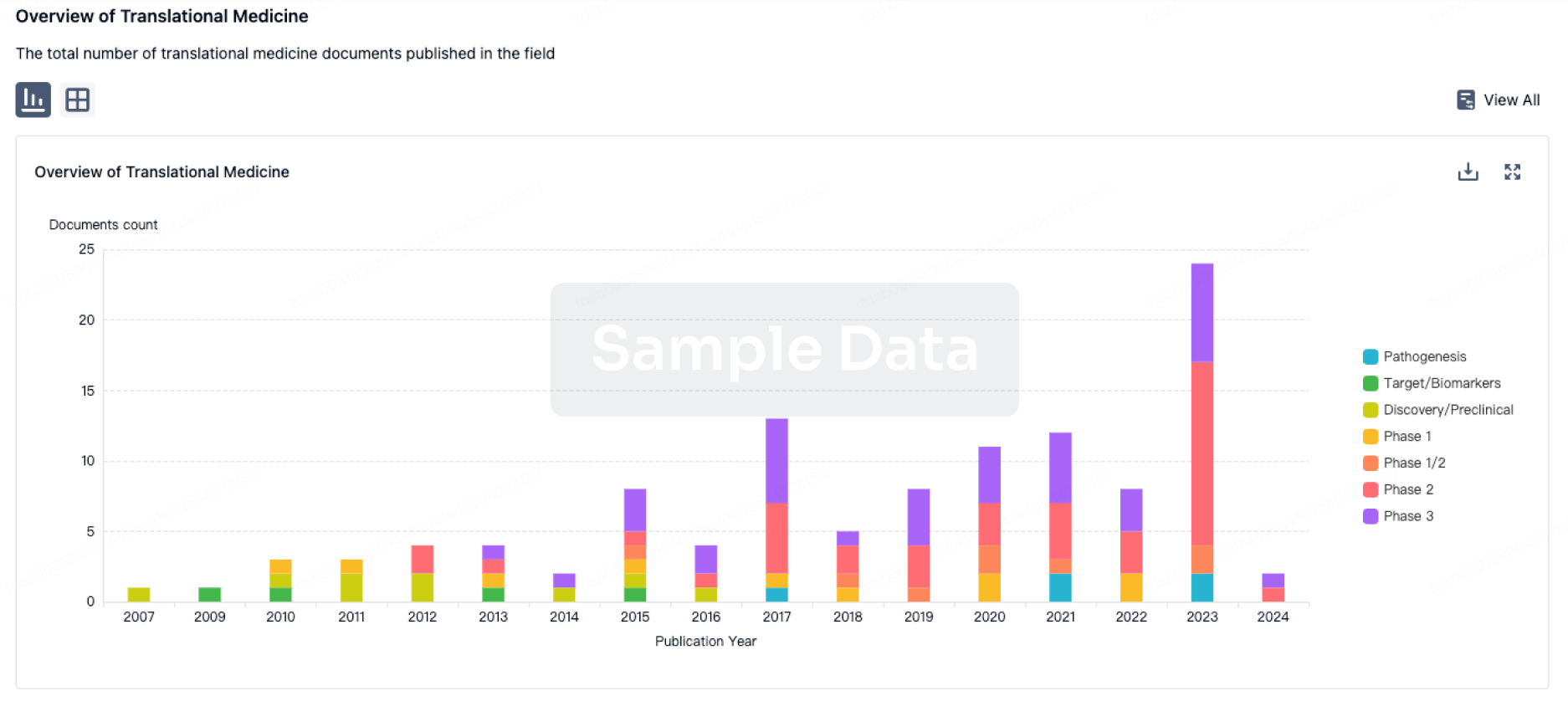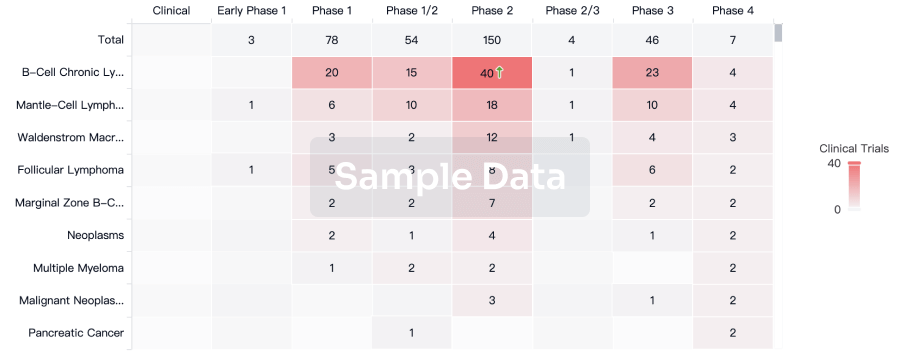Treatment with a molecule known as A485 can quickly and temporarily increase levels of white blood cells, a critical part of the body's immune system, an effect that is difficult to deliver with currently available pharmaceuticals, a new Yale study finds. In an experiment, the researchers found that exposure to the molecule in mice caused white blood cells to mobilize from the bone marrow, a response that could inform future treatment for patients who need a boost in immune activity, the researchers say. The findings were reported Jan. 31 in the journal Immunity.
Treatment with a molecule known as A485 can quickly and temporarily increase levels of white blood cells, a critical part of the body's immune system, an effect that is difficult to deliver with currently available pharmaceuticals, a new Yale study finds.
In an experiment, the researchers found that exposure to the molecule in mice caused white blood cells to mobilize from the bone marrow, a response that could inform future treatment for patients who need a boost in immune activity, the researchers say.
The findings were reported Jan. 31 in the journal Immunity.
There are certain conditions in which individuals may be affected by low white blood cell counts. These include genetic conditions -- such as severe congenital neutropenia, a rare disease in children who are prone to repeated infections due to low levels of white blood cells called neutrophils -- and acquired conditions, such as reduced white blood cell counts following chemotherapy treatment. Then there are diseases like leukemia where white blood cell levels are too high.
However, there are few pharmacological options for adjusting white blood cells counts in patients with abnormal levels.
For the new study, researchers observed the effect A485 had on blood cells in mice. The molecule, which the researchers have proposed calling "prohiberin," inhibits proteins that modulate gene expression, essentially turning genes on or off.
"We found that this molecule, A485, provoked a strong increase in white blood cells, including those involved in both the adaptive and innate immune systems," said Nikolai Jaschke, lead author of the study and a postdoctoral fellow in the lab of Andrew Wang, associate professor of internal medicine (rheumatology) and of immunobiology at Yale School of Medicine.
This increase in white blood cells, deployed from the animals' bone marrow, occurred shortly after exposure to A485. About 12 hours later, the researchers said, cell counts dropped back to previous levels. This short-term effect is key, said Jaschke.
"Currently, the main treatment for low white blood cell counts is G-CSF, or granulocyte colony-stimulating factor, which is produced by the body and can be administered as a drug," said Jaschke. "But it has a long-lasting effect, which can be harmful in some circumstances, limiting its wider clinical use. A485 is just as potent as G-CSF but less enduring."
To see if this brief increase in white blood cells might be effective in treating infection, the researchers gave A485 to mice that had received chemotherapy -- and, therefore, had damaged bone marrow -- and had also been infected by the bacteria listeria.
Even with damaged bone marrow, mice that received A485 survived at higher rates than those that did not, as they were able to clear the bacteria more effectively. This finding is especially important in the context of cancer treatment, said the researchers.
"When patients develop low white blood cell counts after chemotherapy, a condition called neutropenic fever, antibiotics are the only approved therapy," said Jaschke. "A485 could be another option."
Going forward, Jaschke noted, studies should test A485 against other infections, as listeria is not the most common pathogen patients tend to encounter when immunocompromised. Additionally, more research needs to be done to better understand how A485 has the effect that it does. But the current study offers some clues.
Jaschke and his colleagues found that A485 works, in part, through endogenous G-CSF, which is a protein that stimulates the bone marrow to make more blood cells. They also found that combining G-CSF and A485 produced an additive effect on white blood cell mobilization that could be beneficial as a treatment.
Further, the study revealed that A485 activates what's known as the body's "stress axis," engaging a hormone that, until now, was believed to only regulate levels of another hormone, cortisol.
"But we found that this hormone can regulate neutrophils, which opens up a whole new field of questions," said Jaschke. "Along with A485 working through G-CSF, these findings mean there are pathways that mediate bone marrow mobilization that we don't even know about yet."










